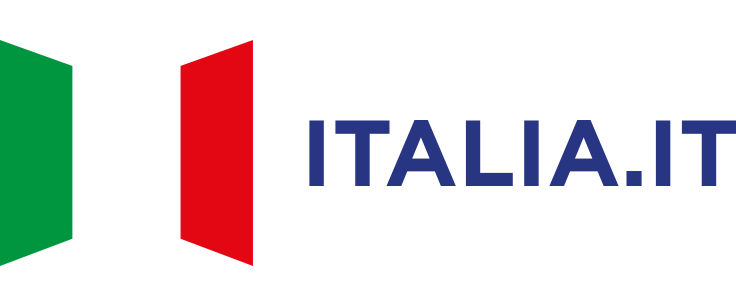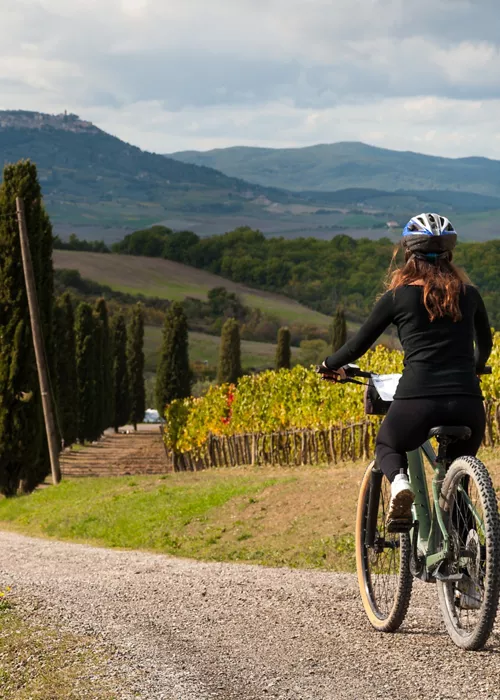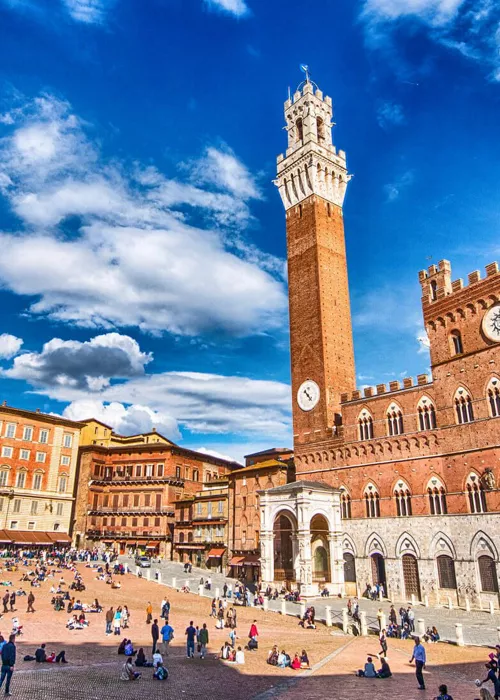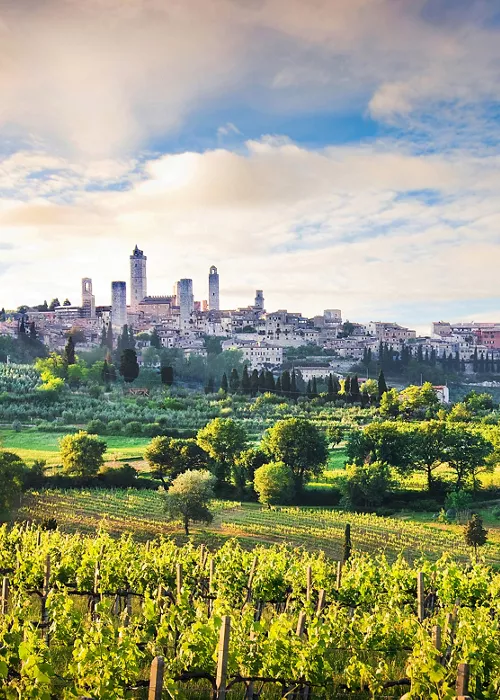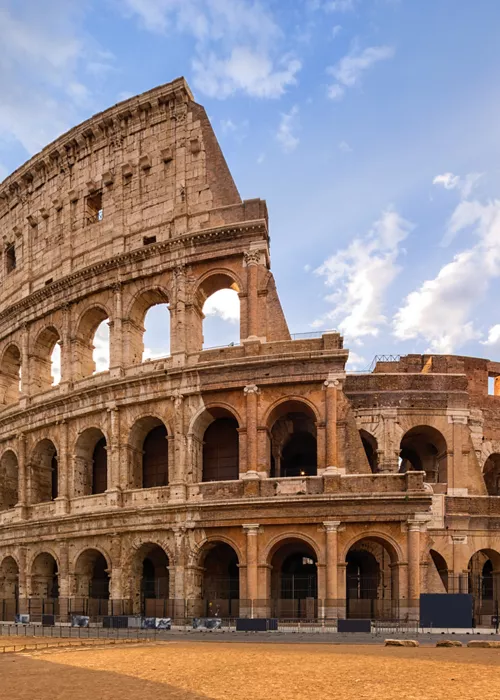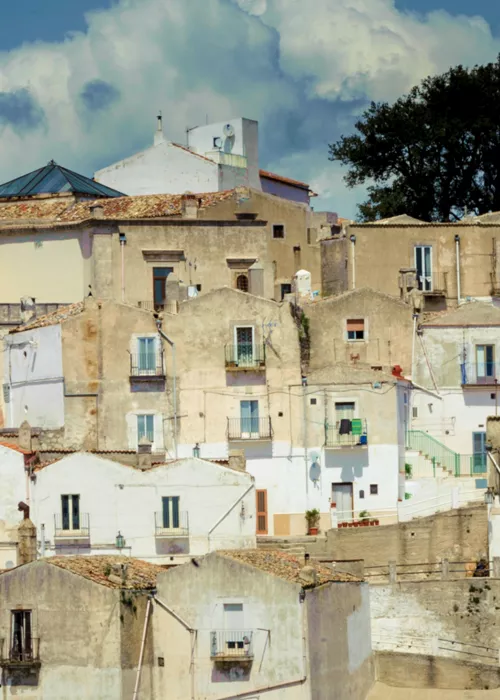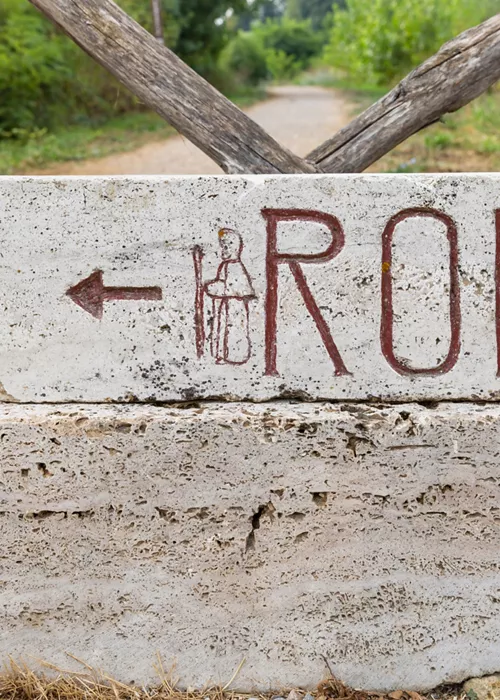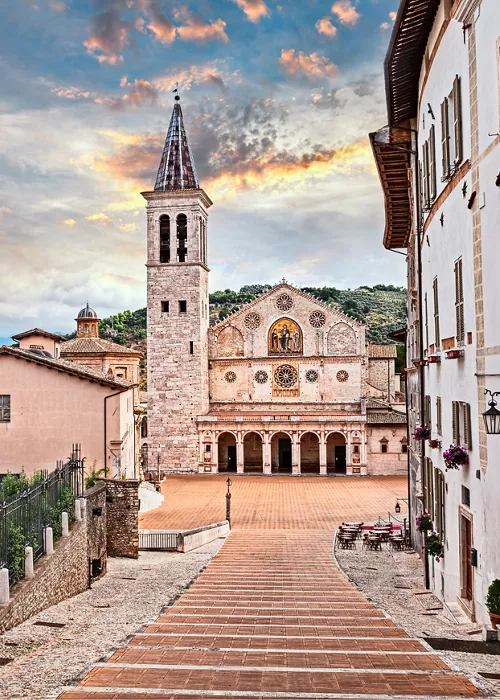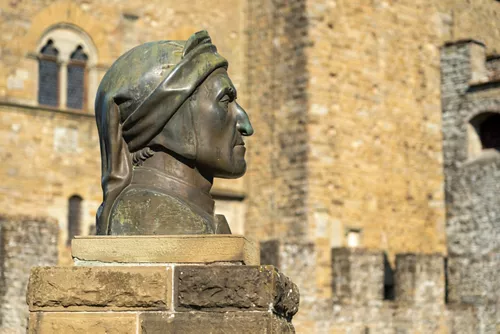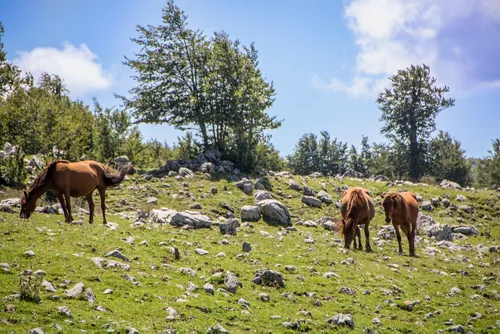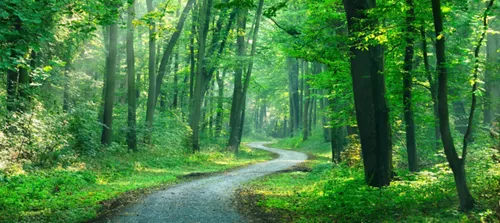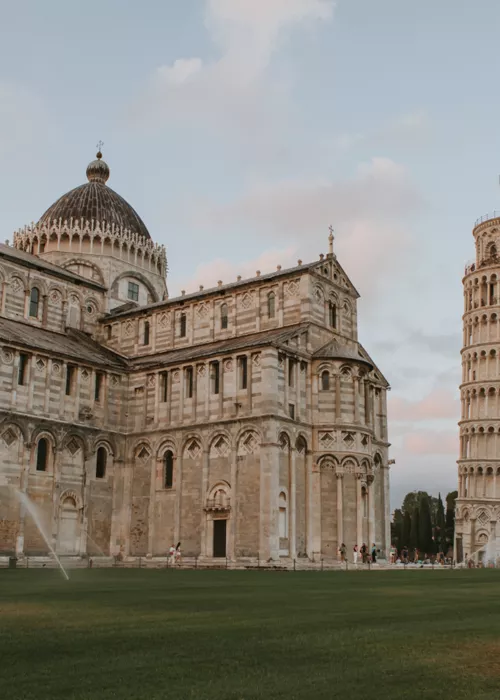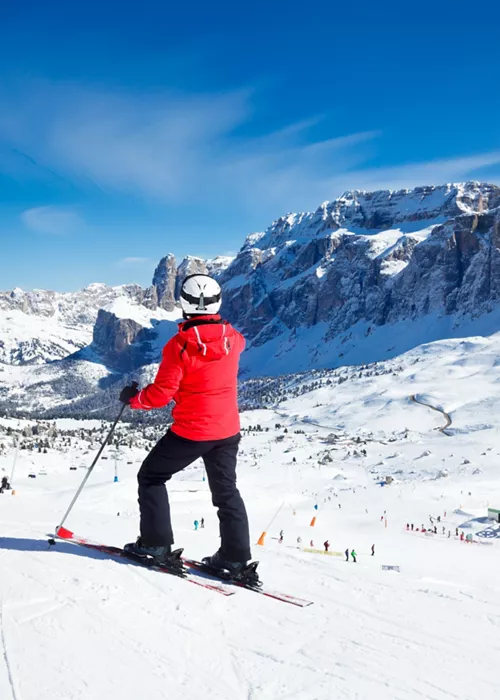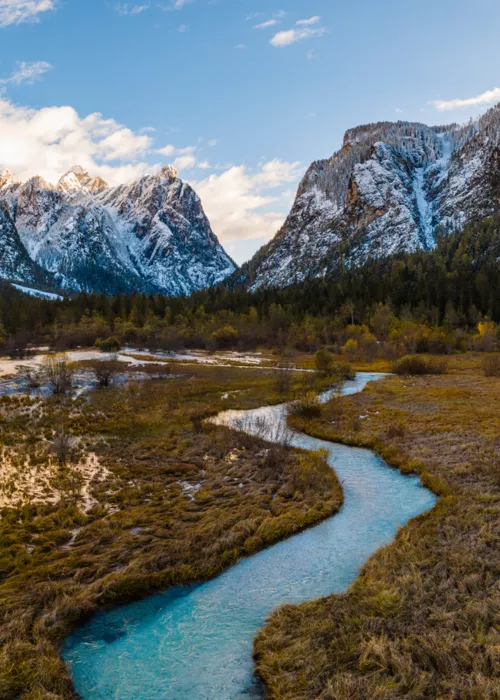UNESCO sites along the Italian route of the Via Francigena
2 minutes

Walking the Via Francigena in Italy means traversing breathtaking landscapes and spiritually rich territories—but also visiting places recognized by UNESCO as World Heritage Sites. These living testimonies of Italian history, art and culture make every stage a profound experience.
UNESCO sites along the Italian Via Francigena are more than just places to visit—they are bridges between past and present, pilgrimage and culture. Each site represents a chapter in history, and walking the Francigena means connecting with this universal heritage, step by step.
Ivrea, a 20th‑century industrial city

Located on the northern stretch of the Francigena in Piedmont, Ivrea was recognized in 2018 as an outstanding example of a modern industrial city. Designed by Adriano Olivetti for the workers of the company bearing his name, it is a rare case of integration between architecture, labor and a social vision.
Val d’Orcia

In Tuscany, between Radicofani and Siena, Val d’Orcia is an iconic landscape of rolling hills, cypresses and pristine medieval villages. Inscribed in the UNESCO list in 2004, it represents a rare example of a Renaissance agricultural landscape where human ingenuity and nature coexist in harmony. Pienza, San Quirico d’Orcia and Bagno Vignoni are just some of its marvels.
Siena

At the medieval heart of Tuscany, Siena has been a UNESCO World Heritage Site since 1995. Its urban layout has remained almost unchanged since the 14th century: Piazza del Campo, the Cathedral, the Torre del Mangia and the winding medieval streets reflect the power of the city‑state. The Palio still embodies its identity today.
San Gimignano

An essential stop along the Francigena, San Gimignano has been listed by UNESCO since 1990. Famous for its medieval towers—15 of the original 70 remain—the historic center remains remarkably intact. Frescoes, churches and palaces reflect the artistic wealth of medieval Tuscany.
Roma

The original end point of the journey, Rome was designated a UNESCO site in 1980 (later extended to include the Vatican in 1990). A symbol of Christianity, it encompasses millennia of history: from the Forums to the Colosseum, from St Peter’s to the Pantheon. A unique intertwining of faith, power and art.
Benevento – Santa Sofia

In the southern stretch of the Francigena, Benevento hosts the Church of Santa Sofia, part of the serial site “The Longobards in Italy” (UNESCO, 2011). Built in 758 by Arechi II, it preserves medieval frescoes and a singular architectural structure. Alongside it, the Sannio Museum houses artifacts spanning from the Sannitic and Roman periods through to the 20th century.
Monte Sant’Angelo – San Michele Arcangelo

Also part of the Longobards serial UNESCO site is the Sanctuary of Saint Michael in Monte Sant’Angelo on the Gargano. Carved into rock, it is one of the oldest Michaelic sanctuaries in Europe. A pilgrimage destination since medieval times, it represents the meeting point between Eastern and Western spirituality.
